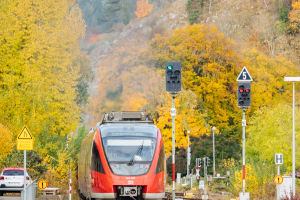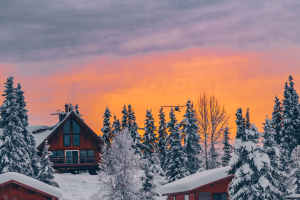The Lascal volcano in the Andes has spewed smoke and ash as high as 6,000 meters in recent days, and no damage has been reported in surrounding areas.
Chile's Geology and Mines Agency has upgraded the safety warning level from green to yellow, representing "volcanic instability". Relevant agencies have set up a no-entry zone 5 kilometers away from the crater.
Statistics show that Lascal Volcano in Chile is 5,592 meters above sea level and is about 70 kilometers away from the Atacama Desert, which is known as the world's "dry pole".
The volcano is relatively active, with the largest eruption on record occurring in 1993 and several smaller eruptions since then. This time, under the large-scale eruption, a volcanic ash column as high as 6,000 meters was produced, which shows that it is very strong.
According to incomplete statistics, the volcanoes that will erupt in 2022 already include Mauna Loa in the Hawaiian Islands, Semeru, the highest volcano in Java, Indonesia, and Stromboli in Italy.
As for whether the frequent volcanic eruptions on the earth will lead to major climate changes, or even enter an "extremely cold period", science bloggers believe that further evaluation is needed.
The reason why the extremely cold period is called is that the spread of volcanic ash and other substances will resist the sun's ultraviolet rays, so that the earth's "cooling umbrella" may appear.
Effects of volcanic eruptions
The degree of the disaster of a volcanic eruption firstly depends on the way of the eruption, usually, the explosive eruption is more harmful, while the other overflowing eruption is relatively less harmful.
The so-called explosive type means that magma erupts in the form of an explosion. The flowing magma cannot be seen, but a mushroom cloud similar to an atomic bomb explosion can be seen. The size of the mushroom cloud varies from several kilometers to tens of kilometers.
A large amount of toxic gas produced by volcanic eruptions endangers life and destroys the atmospheric environment. Some volcanic eruptions will bring high-density greenhouse gases, that is, carbon dioxide, which will flow down the hillside and may have an impact on victims who have no time to escape. In addition, large amounts of toxic fluoride and chloride are short-term lethal to the residents of the affected areas.
In addition to volcanic ash, large-scale lava flows and debris flows with a temperature of about 1000 degrees are one of the important hazards of volcanic disasters. Almost anywhere a lava or debris flow can reach is devastating. But usually, their damage is localized, and Changbai Mountain's millennium eruption affected only within a radius of 50 kilometers.
However, from a historical point of view, the contribution of volcanoes to human beings is also huge. Those resorts, such as the famous Hawaii, are completely formed by the accumulation of lava from volcanic eruptions.
Until now, the area of the Hawaiian volcanic group is still expanding, making the land area of the United States continue to increase. The magma contains a lot of trace elements, and the soil formed after weathering is extremely fertile, which benefits the local people.
At the same time, the volcanic rocks are clean and permeable, and the water quality in the volcanic area is first-class, which is the base of many natural mineral glasses of water.
In addition, the volcanic area also contains a large number of mineral and oil and gas resources, such as gold, diamonds, oil, natural gas, and so on.
In science, volcanoes are also a good carrier for the study of plate tectonics, and it is one of the most powerful proofs of the plate drift theory.


